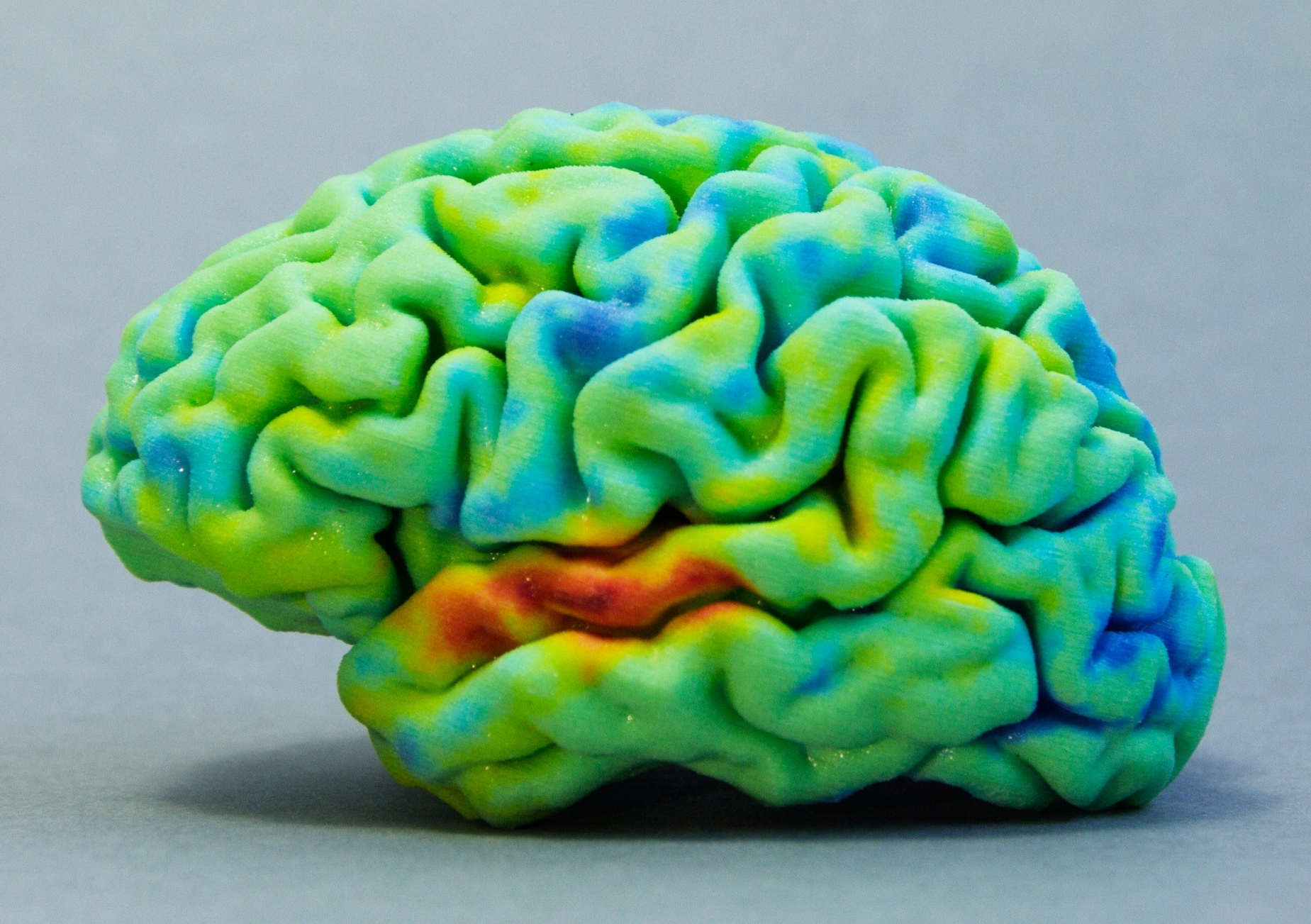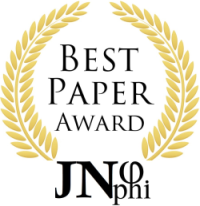Art as Artifact: An Empirical Approach to Locating its Hedonic Function
Abstract
Standard accounts of artifacts claim that they are objects purposefully designed by an agent (or agents) to realize a function. Art objects have often been regarded as functionless entities; thus, many have disqualified them from possessing artifact status. With this paper, I defend the view that art objects (at least paintings and sculptures) are, in fact, artifacts since they serve hedonic functions. In my view, declarations for the functionless nature of art objects are due to an epistemically impoverished position regarding neural responses to artworks. I introduce recent research from neuroaesthetics, the study of the neural underpinnings of aesthetic experiences, which demonstrates that art objects act as a catalyst that stimulates the neural reward circuitry which in turn produces heightened hedonic sensations. These hedonic sensations, I claim, are the function of art objects, art appreciators seek them out and artists desire to induce them.
Keywords:
neuroaesthetics, art, artifacts, function, ontology, neural reward systemDownloads
Metrics
References
Aguinaga D, Medrano M, Vega-Quiroga I, Gysling K, Canela EI, Navarro G, Franco R. Cocaine effects on dopaminergic transmission depend on a balance between sigma-1 and sigma-2 receptor expression. Front Mol Neurosci. 2018;11:17.
Aminoff EM, Kveraga K, Bar M. The role of the parahippocampal cortex in cognition. Trends Cogn Sci. 2013;17(8):379-390.
Baker LR. The ontology of artifacts. Philos Explor. 2004;7(2):99-111.
Baker LR. The ontological significance of artefacts. In: Ontologies of Artifacts: The Interaction of “Natural” and “Artificial” Components of the Lifeworld; 2012:18-33.
Bar M, Neta M. Visual elements of subjective preference modulate amygdala activation. Neuropsychologia. 2007;45(10):2191-2200.
Downloads
Published
How to Cite
License
Copyright (c) 2025 Dan Durso

This work is licensed under a Creative Commons Attribution-NonCommercial-ShareAlike 4.0 International License.
Authors continue to hold copyright with no restrictions.














